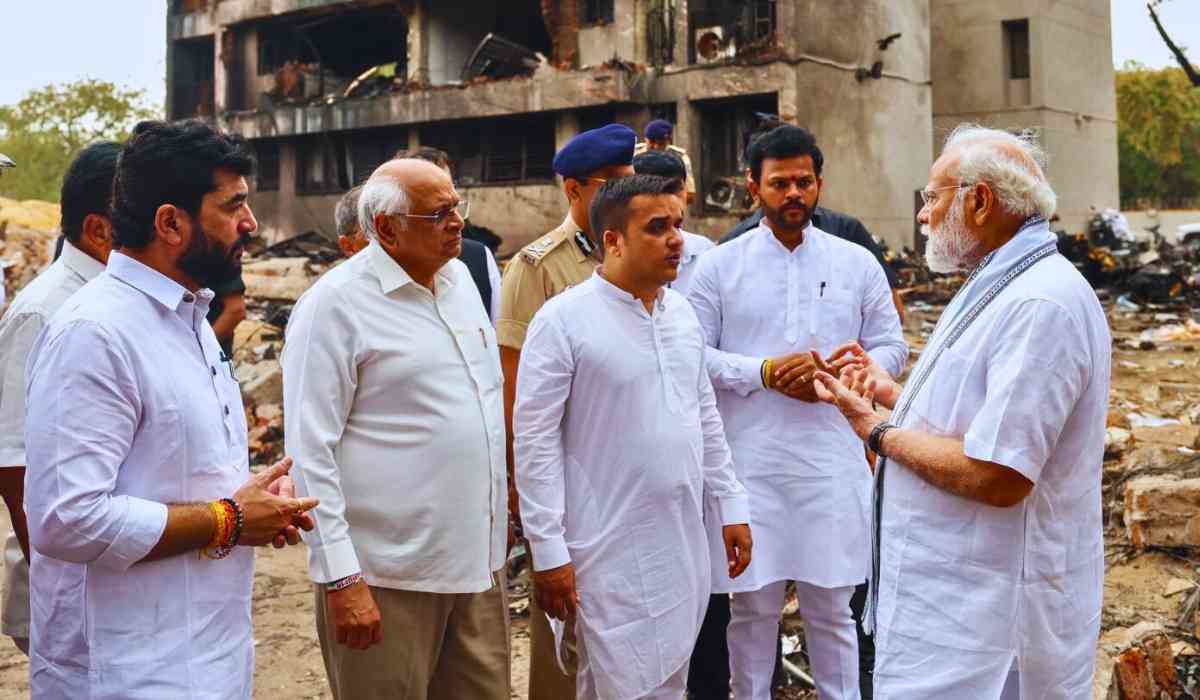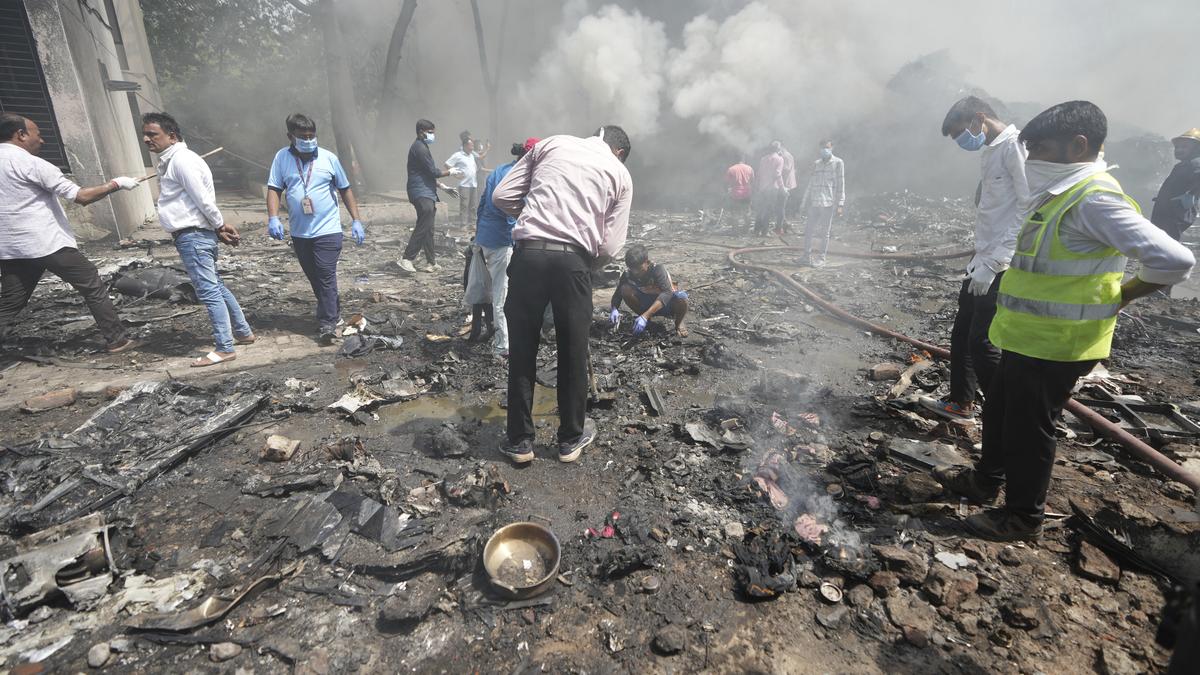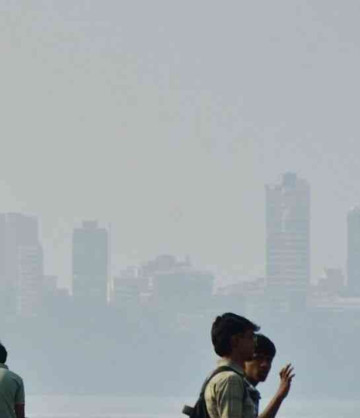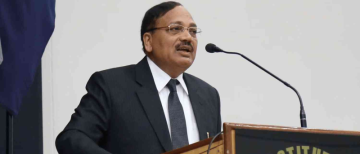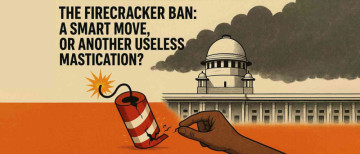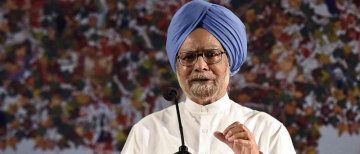When disaster strikes, the nation looks to its leaders for comfort, answers, and—most importantly—action. On Friday, Prime Minister Narendra Modi visited the site of the tragic Air India plane crash in Ahmedabad, where over 240 people lost their lives in one of the worst aviation disasters in India’s history. The scene was heartbreaking, with families mourning, rescue teams working tirelessly, and the country demanding to know: What happens next? Will this tragedy lead to real change, or will it follow a familiar pattern?
What Happened in Ahmedabad?
On Thursday, an Air India Boeing 787-8 Dreamliner, flight AI-171, crashed shortly after takeoff from Ahmedabad International Airport. The plane, bound for London’s Gatwick Airport, was carrying 242 passengers and crew. It crashed into a residential doctors’ hostel building near the airport, causing a massive fire and loss of life. Only one person, a British national of Indian origin named Vishwas Kumar Ramesh, survived the crash.

The victims included Indian, British, Portuguese, and Canadian nationals. Among those lost were medical students and residents of the hostel struck by the aircraft.
PM Modi’s Visit: A Familiar Sight
Prime Minister Modi arrived in Ahmedabad on Friday, accompanied by Gujarat Chief Minister Bhupendra Patel and Union Civil Aviation Minister Ram Mohan Naidu Kinjarapu. He visited the crash site, met with the sole survivor at the hospital, and spoke to officials and rescue workers. He expressed his sorrow, calling the devastation “saddening” and assured the nation that the government was working to support those affected.
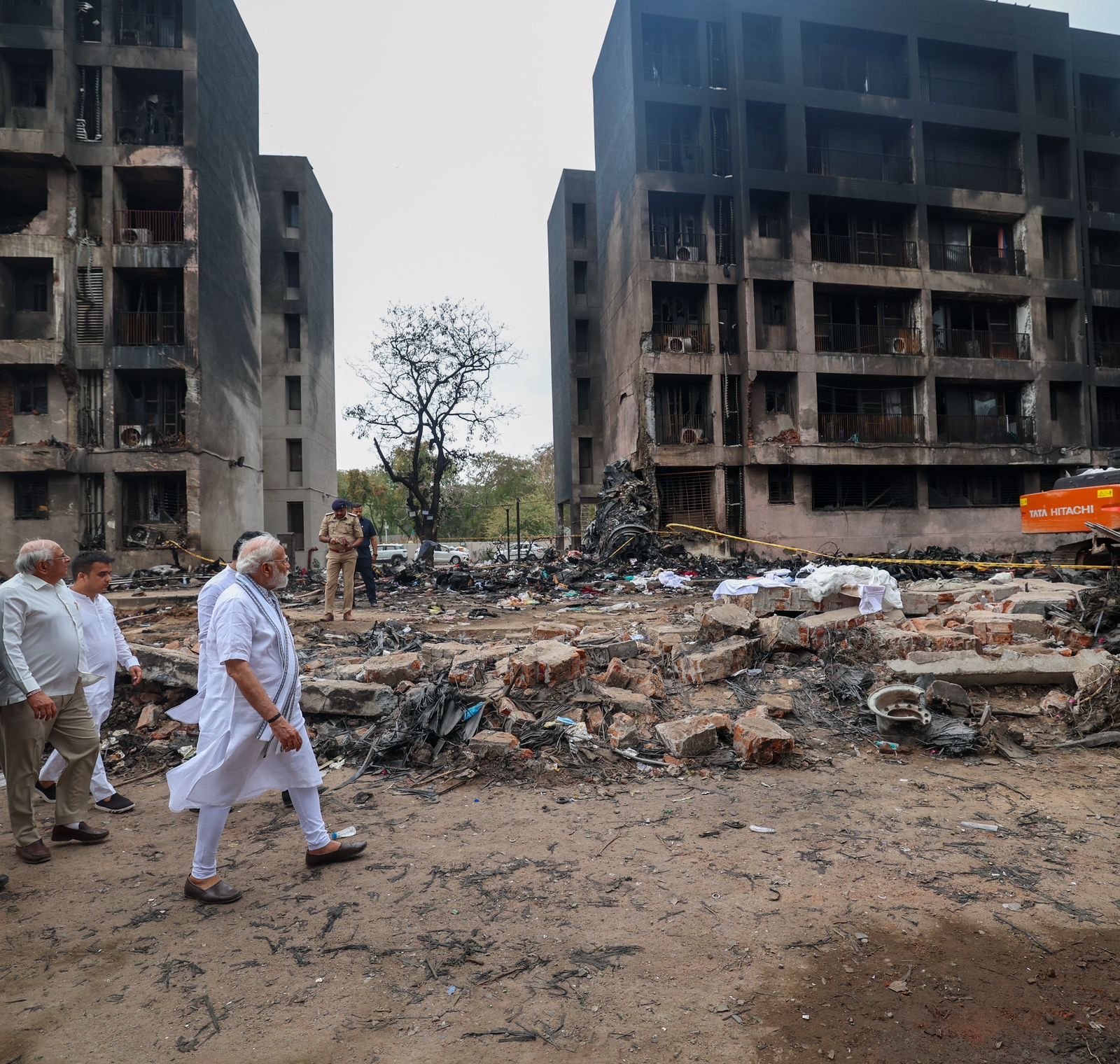
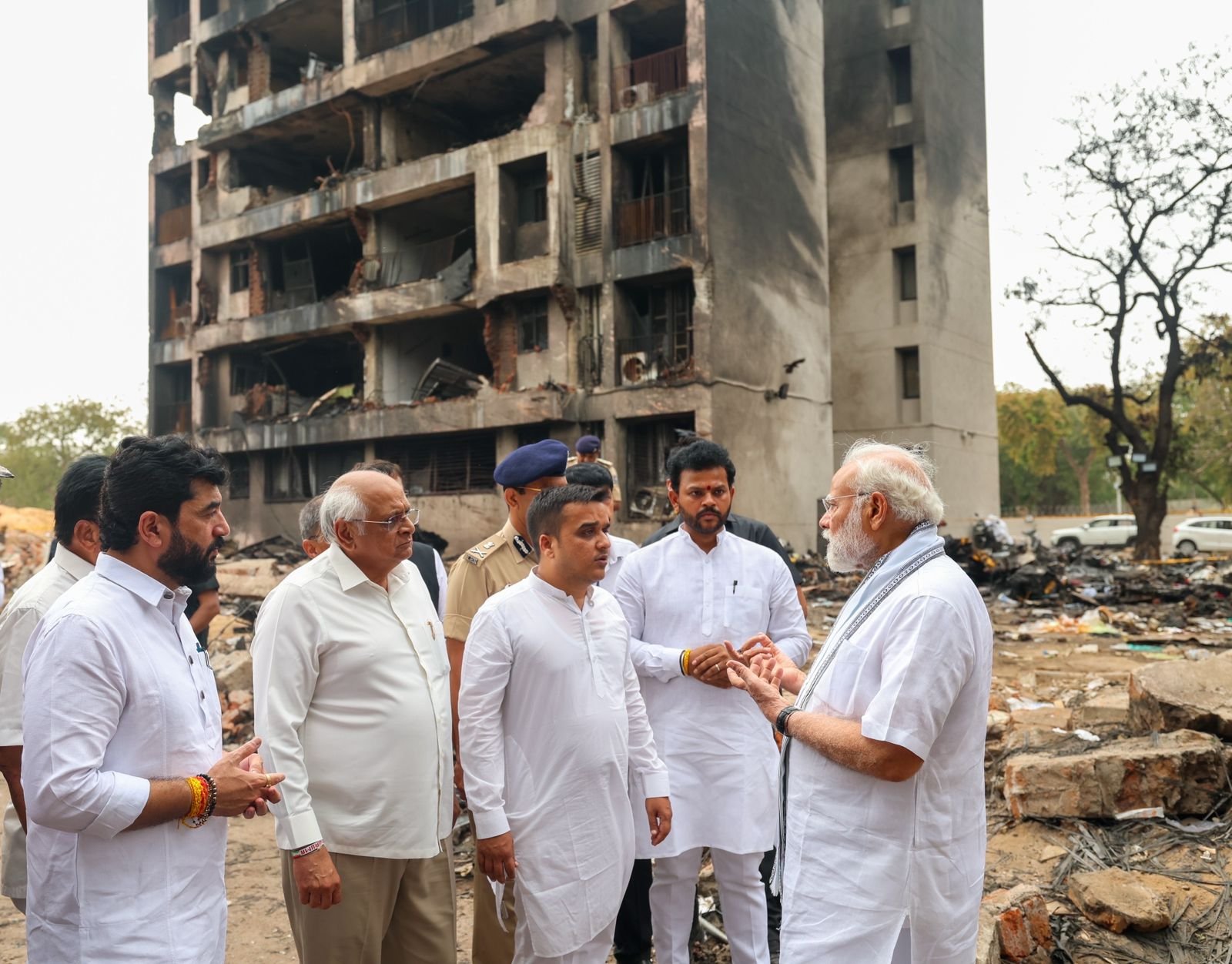
Such visits by leaders are not new. In times of disaster, it is common for the Prime Minister and other top officials to visit the site, meet survivors, and promise swift action. These gestures are important for public morale and show that the government cares. But the real question is: Do these visits lead to real changes, or do they simply follow a script we have seen many times before?
What Happens After the Cameras Leave?
After every major disaster, there is a flurry of activity:
-
Leaders visit the site and meet victims.
-
Promises of compensation and support are made.
-
Committees are formed to investigate the cause.
-
Safety reviews and audits are announced.
In Ahmedabad, a high-level committee has already been established to ensure a thorough and transparent investigation, following international aviation safety protocols. A team from Boeing is expected to arrive soon to help determine the cause of the crash. DNA tests are being conducted to confirm the identities of the victims.
Will This Time Be Different?
The pattern is clear, but the outcomes are not always as expected. After the initial response, public attention often fades, and sometimes the promised reforms are slow to materialize. For example, after past aviation disasters, investigations have sometimes led to new safety regulations or better training for crew. But critics argue that systemic issues—like aging infrastructure, poor maintenance, or gaps in emergency response—are not always fully addressed.

The government’s response in Ahmedabad has been swift, with rescue operations starting within minutes and top officials coordinating efforts. The investigation is promised to be transparent and thorough. However, only time will tell if this leads to lasting change.
Why Do These Patterns Repeat?
There are several reasons why the same script seems to play out after every disaster:
-
Public Pressure: Leaders must be seen responding quickly to reassure the nation.
-
Media Attention: The presence of cameras amplifies the need for visible action.
-
Complex Problems: Fixing deep-rooted issues in aviation safety or disaster management takes time, money, and political will.
-
Short Public Memory: As new stories emerge, attention shifts, and follow-through can weaken.
What Should Happen Next?
For real change, experts say the focus must shift from just responding to disasters to preventing them:
-
Strict enforcement of safety regulations.
-
Regular audits and upgrades of infrastructure.
-
Transparent investigations with public reporting of findings.
-
Training and resources for emergency responders.
-
Accountability for lapses at all levels.
Hope for Change, Demand for Accountability
Prime Minister Modi’s visit to the crash site is a powerful symbol of national mourning and solidarity. But symbols alone are not enough. The country will be watching to see if this tragedy leads to real improvements in aviation safety and disaster management.
Every disaster is a test—not just of our emergency response, but of our ability to learn, adapt, and prevent future tragedies. The hope is that this time, the script will not end with promises but with action that saves lives in the future.

As the investigation unfolds and the nation grieves, the demand is simple: Let this not be just another chapter in a familiar story. Let it be the moment when real change begins.
With inputs from agencies
Image Source: Multiple agencies
© Copyright 2025. All Rights Reserved Powered by Vygr Media.

